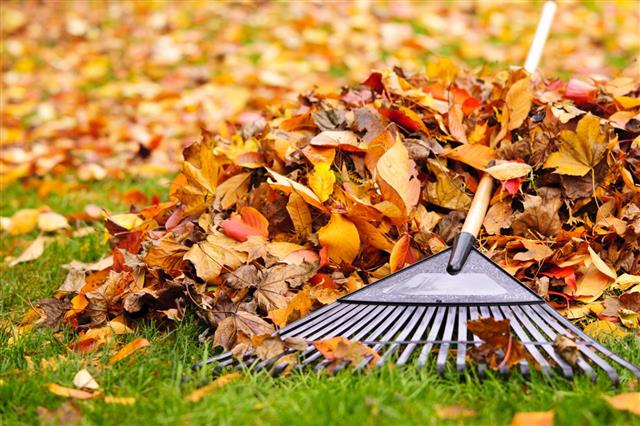
The phenomenon of oak tree leaves turning yellow is pretty common. It gets many people confused as to whether it is caused due to disease or natural shedding cycle.
Among the many beautiful trees of the Quercus genus, is the oak tree. Oaks are found in many regions of the northern hemisphere. Many different types of these trees possess deciduous as well as evergreen characteristics. Their specialty is that they are found in many different regions throughout the world, that span from the cold latitudes of the Tundra regions to the subtropical latitudes of the temperate zone. The wonderful structuring of their roots and shoots has aroused the interest of many botanists. Different species possess highly versatile characteristics. For example, the Live or Evergreen oak has an excellent shoot which covers a large area. On the other hand, the Pin oak, also known as the Swamp Spanish oak, has a vertically projected and rather narrow shoot.
Why Do Oak Tree Leaves Turn Yellow?
The reasons behind yellowing oak tree leaves differ from case to case. There are four probabilities.
Shedding of Leaves: Dying oak leaves can be a very natural cause behind their yellowing, which marks the beginning of the shedding period. Facts state that after turning yellow, the leaves become brown and shrivel up as they lose moisture. They eventually fall off to make way for new leaves that appear in spring.
Inappropriate Fertilizers: One of the common causes is usage of inappropriate fertilizers. Many gardening fertilizers are often a combination of feed and weed. The ‘weed’ portion contains herbicides that are capable of killing trees like the oak. These herbicides contain artificial substances like dicamba and triclopyr, which damage the leaves of the trees. The fertilizers that are used to treat lawns and small plants usually contain these two substances. They usually just hamper the growth, but prolonged absorption of these substances by the roots can also result in the death of oak trees.
Oak Wilt: This is one of the oak tree diseases, that can also result in sudden oak death. This phenomenon occurs when the oaks that are grouped together, fall prey to the attack of parasites. Oak wilt is capable of killing the whole tree if the affected parts are not amputated on time. Spots and fungus further deteriorate its immune system. Being contagious, oak wilt spreads through a variety of mediums, like insects and water. Another risk is the attack of erophytid mites on the leaves. Curled leaves are a sure sign of a deteriorated immune system. Oak wilt is known to have killed a large number of oaks in North America.
Iron chlorosis: This is another cause for the leaves to turn yellow. It is an iron deficiency that plagues the oaks. Many gardeners and forest officials often conduct surveys and oak tree leaves identification, to spot those that are affected by iron chlorosis. The best way to cure this condition, is to use an iron-rich fertilizer.
There can be several other reasons behind yellowing oak leaves, like certain unknown diseases or parasite attacks. If you have planted an oak tree in your garden, the best way to prevent its leaves from turning yellow is to use natural fertilizers for gardening. You can also trim off the yellow leaves, in case the tree is at the risk of succumbing to parasite attacks.



